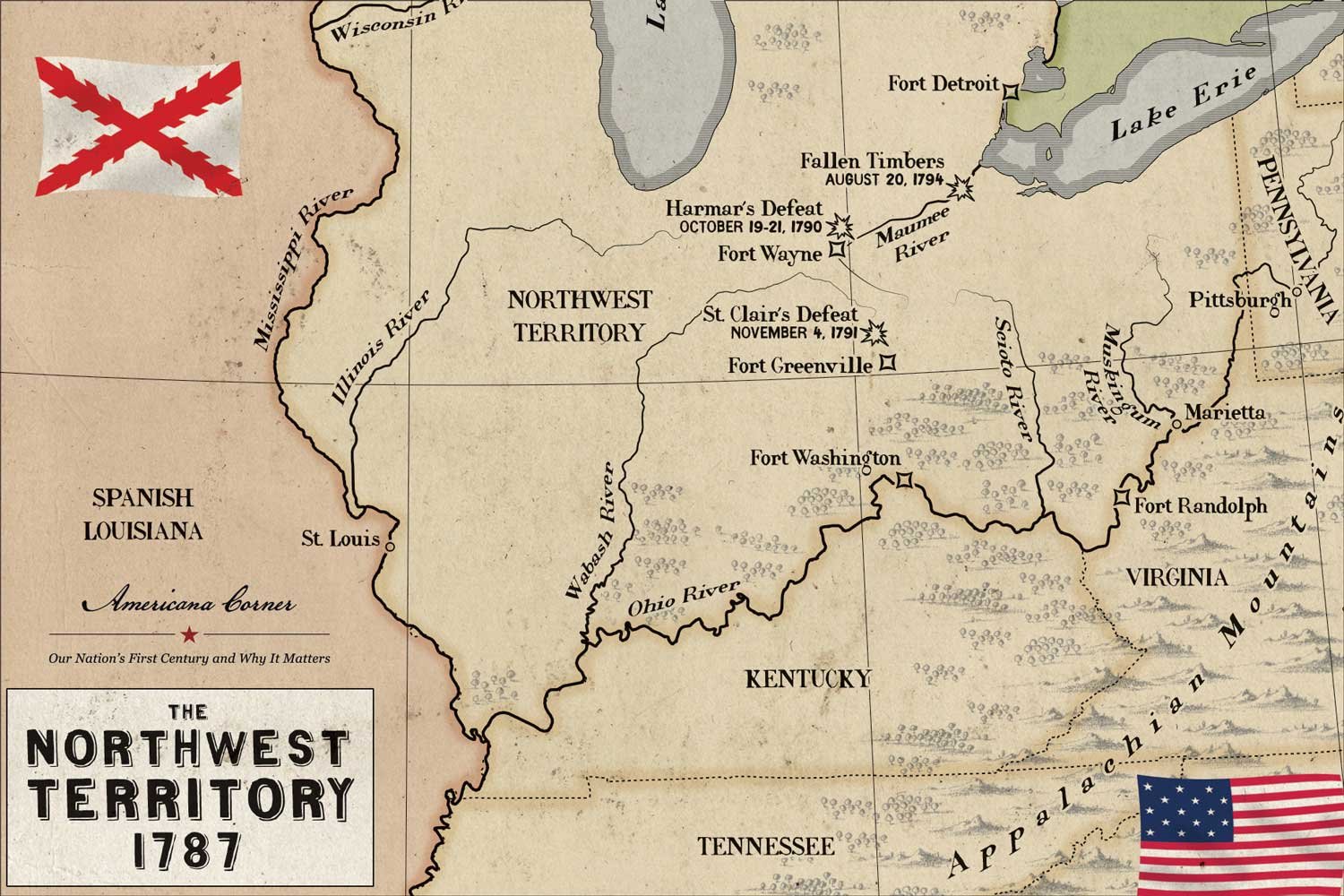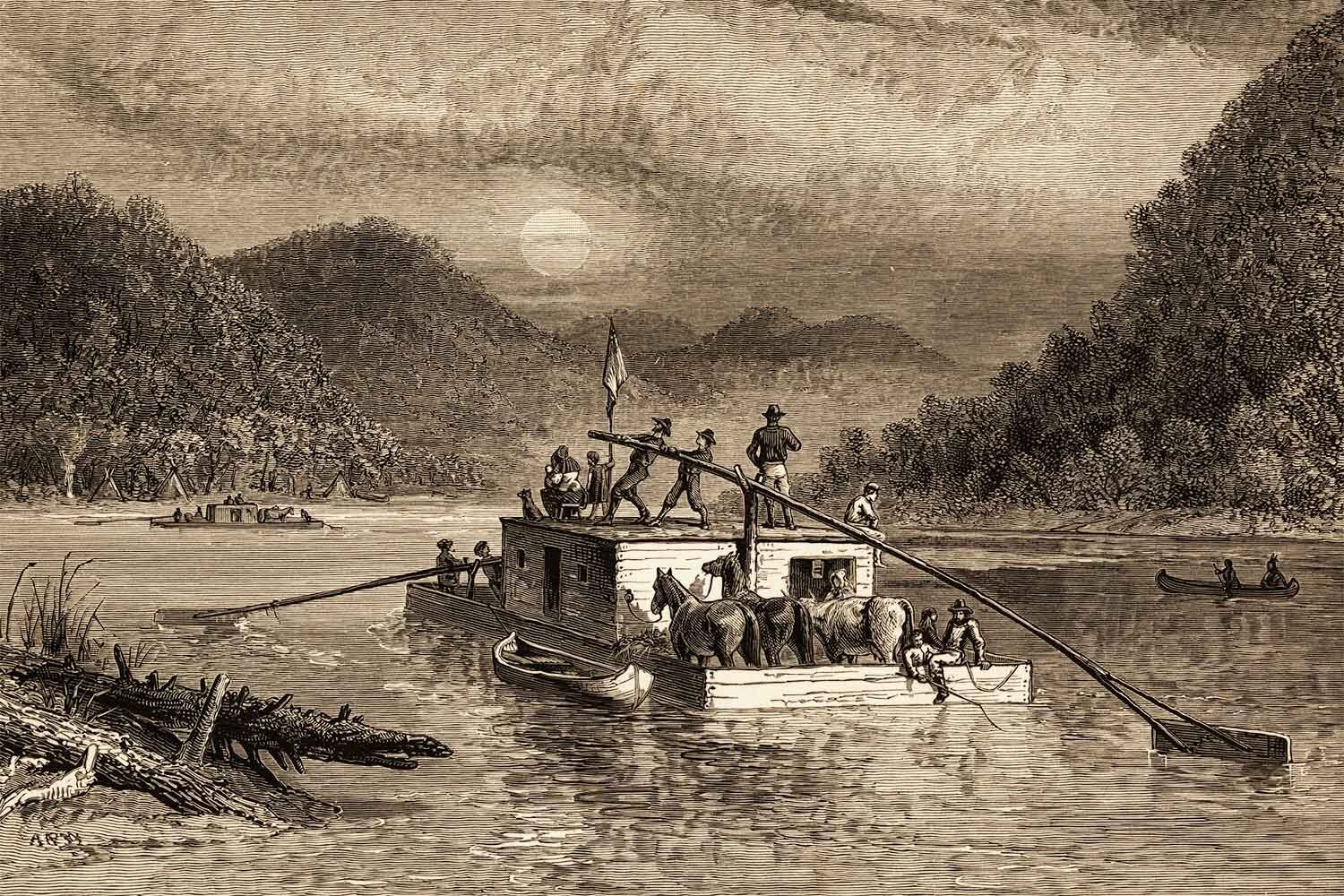The Northwest Ordinance of 1787
The Northwest Ordinance was one of the United States most important founding documents, only less significant than the Declaration of Independence and the Constitution. The act, passed by the Confederation Congress on July 13, 1787, created the Northwest Territory and a framework for the country’s territorial expansions. The Northwest Territory had been part of Canada until conquered by George Rogers Clark during the American Revolution. It comprised 300,000 square miles, stretching from the Appalachians to the Mississippi and from the Great Lakes to the Ohio.
Tom Hand, creator and publisher of Americana Corner, discusses how the Northwest Ordinance became an essential tool for the well-organized and systematic westward expansion of the United States in the decades to come, and why it still matters today.
Images courtesy of National Gallery of Art, The New York Public Library, Library of Congress, Norman B. Leventhal Map & Education Center at the Boston Public Library, The Metropolitan Museum of Art, National Portrait Gallery - Smithsonian Institution, Wikipedia.



The Northwest Ordinance of 1787 created the Northwest Territory and a template for how the vast area, also known as the Ohio Country, was to be settled by the United States. But determining how the land was to be developed was the easy part. The more challenging aspect for the federal government was how to make the territory safe for the new settlers given the many Indian tribes who claimed this area as their own and had no desire to move.